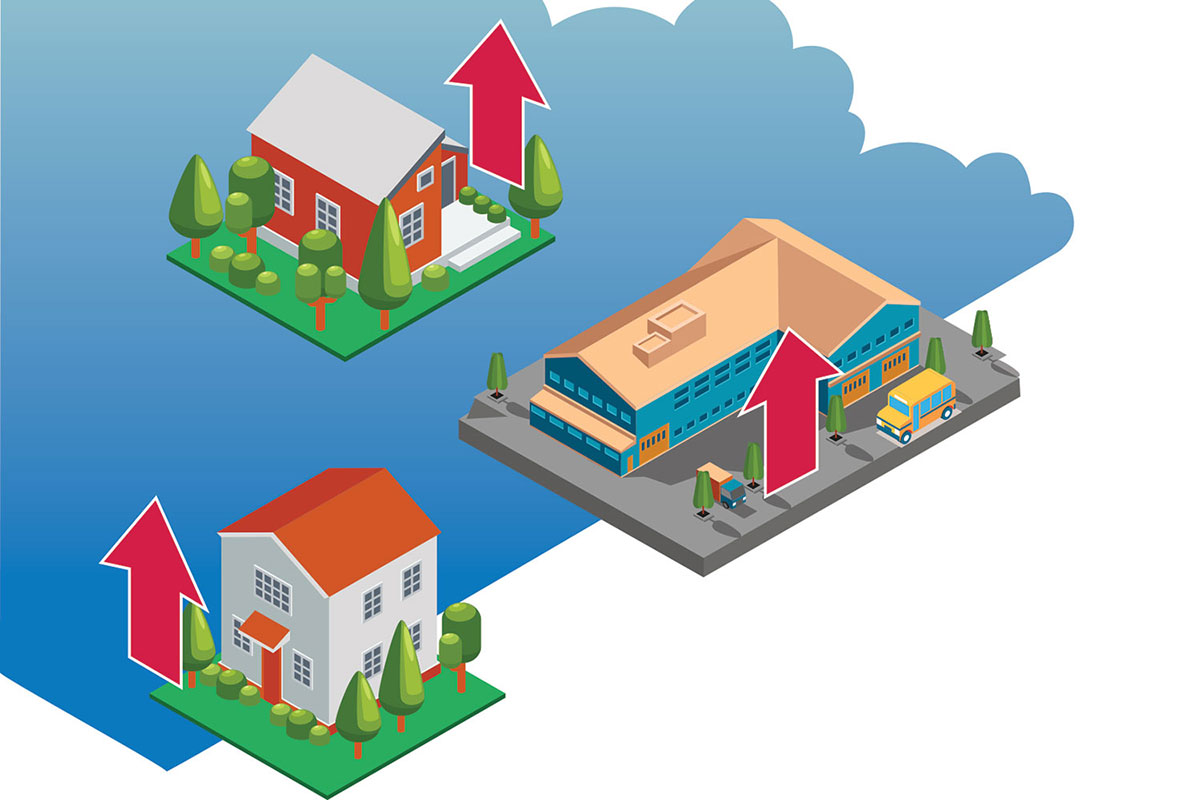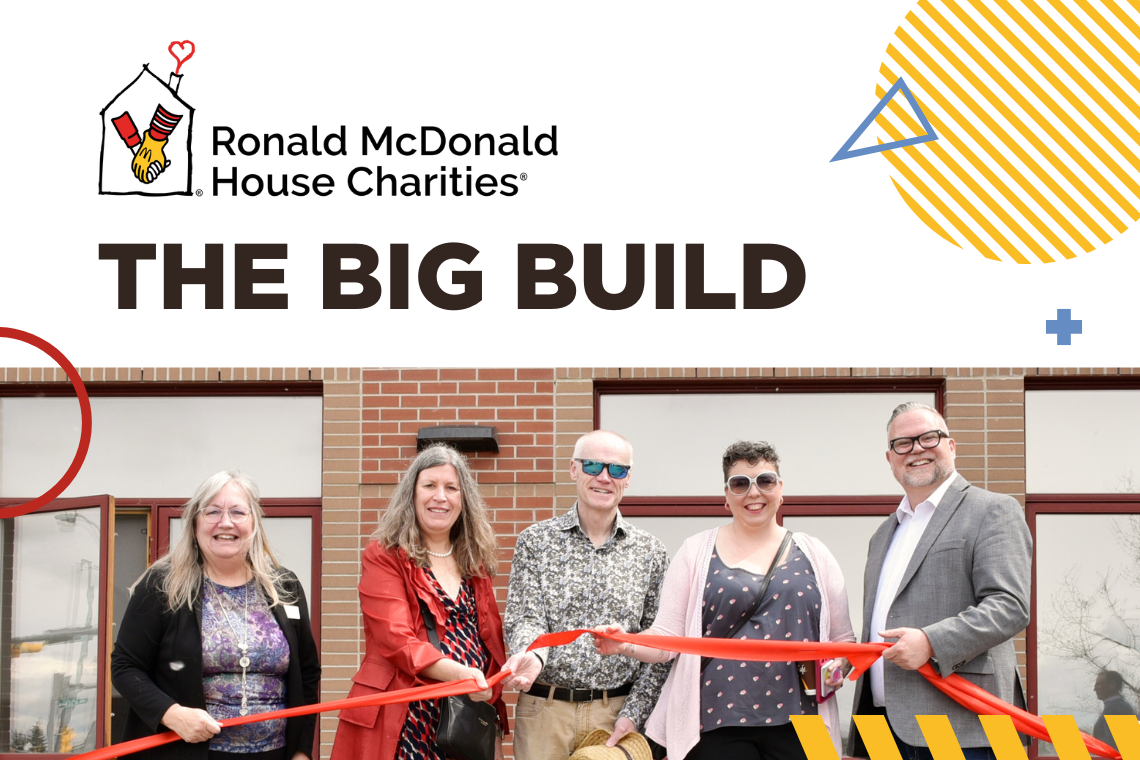
Nov. 24, 2021 | CREBNow
Radon tips for homeowners
November is national Radon Action Month. Radon is a colourless, odourless, radioactive gas that can leach into homes from the soil through gaps or cracks in the foundation, pipes and drains.
Almost all homes have some radon gas in them, and one in eight Alberta homes have radon levels that exceed Health Canada’s acceptable limits. Breathing in radon can lead to lung cancer and young people are particularly at risk.
Anyone planning to sell their home in the next few years may want to consider radon testing and mitigation measures as a selling feature.
Here are some fast facts about radon in homes and radon testing:
- Homes built in the last 25 years often contain over 30 per cent more radon than older properties.
- Major changes to a home, such as renovations, can change radon readings. It may not be necessary or relevant to conduct a radon test if a property is purchased with plans for a major renovation or a tear down.
- Changes to building codes in 2015 made it mandatory for new buildings to have a roughed in radon mitigation option.
- Radon levels are easy to test for and properties with high radon levels can be mitigated down to safe levels by professionals.
- A proper radon test takes 90 days and should be conducted between October and April.
- After major renovations or a new build, homeowners should wait two years before testing
- Rural properties could have possible radon contamination in water wells.
- In Alberta, it is now mandatory for new landlords to complete radon testing on their properties.
For more information on radon, check out these resources:
- Great West Radon
- Take Action on Radon
- Health Canada – Radon Information & Resources
- CREA – Homeowner’s Guide to Radon
Tagged: House & Home | How To | Radon | Safety




